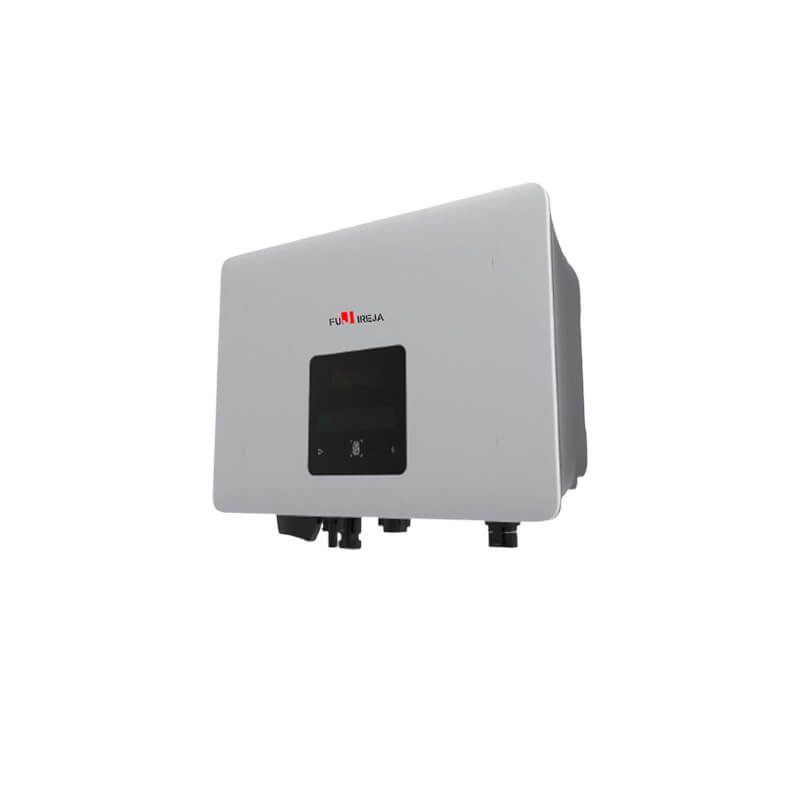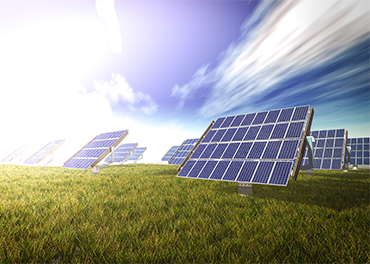Copyright All Rights Reserved. wtech.cc

Talking about “cancer” is not alarmist at all! Data from the National Cancer Center report shows that about 10,000 people in China get cancer every day, and about seven people die from cancer every minute. Cancer is indeed very scary and must be prevented! Speaking of “cancer”, it actually occurs in photovoltaic systems from time to time, and some data show that it may be as high as 70%.
Once a “cancer” problem occurs in a photovoltaic power station, users will not only lose power generation income but also greatly shorten the life of the power station.

The hot spot problem generated on photovoltaic modules is the “cancer” on the photovoltaic system. First, let’s take a look at what photovoltaic hot spots are all about.
After the photovoltaic system is installed, it is inevitable that birds, dust, fallen leaves, and other obstructions will fall on it during long-term use. These obstructions will form shadows on the photovoltaic modules. In large photovoltaic module arrays, if the row spacing is not suitable, they will also form shadows on each other. shadow.
Due to the existence of local shadows in photovoltaic modules, the current and voltage of some single cells in the photovoltaic modules have changed. As a result, the product of the local current and voltage of the photovoltaic module increases, thus generating local temperatures on these battery modules. Lift. Due to defects in some individual cells in photovoltaic cell modules, the module may locally generate heat during operation. This phenomenon is called the hot plate effect.
1. Process it from the process of photovoltaic modules.
The main process method to prevent the occurrence of hot spots is to install bypass diodes and block diodes. The function of the bypass diode is to provide a current path on the side of the blocked component; the function of the blocking diode is to block the reverse current on the blocked component.
2. Choose a suitable location to install photovoltaic modules.
There are two ways to place photovoltaic modules: horizontally and vertically. In some unavoidable shadow occlusion situations, choosing an appropriate component placement method can reduce the impact of shadow occlusion.
3. Choose the appropriate model and type of inverter.
When shading only affects some photovoltaic cell strings, choosing a multi-string inverter will be better than choosing a centralized inverter.
4. Install bird-repellent devices.
Bird droppings are the most common manifestation of photovoltaic module shading, and some bird droppings contain a large amount of fatty substances, which are difficult to remove once they fall on the plates. The reason is that acidic and alkaline substances on the plate clean the battery surface, so oily local bird droppings can easily form a hot plate effect on the surface of the plate.
5. Pay attention to the cleaning of photovoltaic modules and remove dust accumulation in time.
After the photovoltaic system is built, operation and maintenance are also crucial. However, due to the complex situation of rural rooftops, many power stations have been built, but the photovoltaic power generation is not ideal, which makes villagers anxious.
The reason is that in many cases, photovoltaic modules are blocked, resulting in reduced power generation efficiency and affecting the smooth and safe operation of the power station. In addition, many villagers do not pay enough attention to the issue of module shading, and the power generation of photovoltaic power stations will decrease over time. “It’s nothing, it’s just a shadow, it won’t affect much!”
Many users have the above misunderstanding. In order to eliminate this misunderstanding of users, let me explain to you what problems will occur when components are blocked:
1. When a component is blocked, the bypass protection component in the junction box behind it will be induced to activate. A DC current of up to about 9A in the component string will be instantly loaded on the bypass device, and a high temperature of more than 100 degrees will be generated in the junction box. , this high temperature has little impact on the battery panels and junction boxes in the short term, but if the shadow effect is not eliminated and exists for a long time, it will seriously affect the service life of the junction boxes and battery panels. In industry news reports, it is common to see junction boxes being burned out, with obstruction being one of the culprits.
2. During the long-term use of the power station, it is inevitable that flying birds, dust, fallen leaves, and other obstructions will fall on it. These obstructions will form shadows on the solar cell modules, and the current and voltage of some single cells in the solar cell modules will change. As a result, the product of the local current and voltage of the solar cell modules increases, resulting in a local temperature rise in these cell modules.
Therefore, during the later operation of the photovoltaic power station, it is very important to keep the surface of the panels clean. Blockage caused by shadows such as houses, railings, leaves, and even bird droppings will produce a hot spot effect, which will affect the power generation capacity of the power station at worst. It will cause local damage to the battery and shorten the life of the battery components.
If you want your own power station to generate electricity efficiently, you must pay attention to the shading problem of photovoltaic modules and do a good job in the daily operation and maintenance of photovoltaic modules. The following are the precautions for daily operation and maintenance. If you need them, collect them quickly.
1. Cleaning tools: soft and clean cloth.
2. Cleaning liquid: similar to component temperature difference.
3. Climatic conditions: Wind strength > level 4, heavy rain, heavy snow and other weather conditions prohibit cleaning.
4. Cleaning time: when there is no sunlight or in the morning and evening.
Warm reminder: Cleaning with cold water when photovoltaic modules are heated by the sun will cause the glass cover to crack.
If the following problems are found, the photovoltaic modules should be adjusted or replaced immediately.
Check and repair items: module frames, glass, cells, module surfaces, backplanes, junction boxes, wires, nameplates, live warning signs on photovoltaic modules, frames, and supporting structures, other defects, etc.
1. Photovoltaic modules have broken glass, burned-back sheets, and obvious color changes;
2. There are bubbles in the photovoltaic modules that form communication channels with the edge of the module or any circuit;
3. The photovoltaic module junction box is deformed, twisted, cracked, or burned, and the terminal blocks cannot be connected well.
1. It is prohibited to step on photovoltaic modules, guide rail brackets, cable trays, and other photovoltaic system equipment or use other methods to leverage component boards and brackets.
2. It is strictly prohibited to use hard and sharp tools or corrosive solvents and alkaline organic solvents to wipe photovoltaic modules. It is prohibited to spray cleaning water into module junction boxes, cable trays, combiner boxes, and other equipment. During cleaning, the impact pressure of the cleaning equipment on the components must be controlled within a certain range to avoid cracks caused by excessive force.
3. It is strictly prohibited to clean photovoltaic modules under weather conditions such as strong winds, heavy rain, thunderstorms or heavy snow. Avoid flushing when cleaning in winter to prevent freezing due to low temperatures and accumulation of dirt; similarly, do not flush with cold water when the panel is very hot.
In order to prevent “cancer” in the photovoltaic system, the only thing we can do is to keep the photovoltaic panels clean so as not to affect the power generation efficiency.
Written by: FUJIREJA GROUP
The Exporter and Manufacturer of Heaters since 2003
Welcome OEM ODM
https://bestheatingappliance.com/